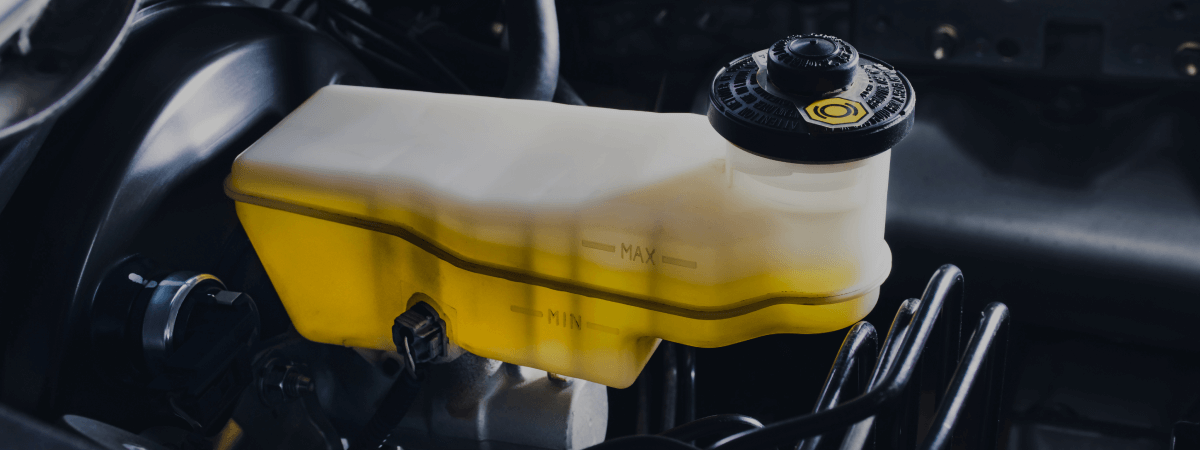Car batteries run out of energy for a few reasons. First, it is often just that the battery is old and can no longer maintain a charge. Other times, there is a problem with the charging system in the car. It should recharge when you drive.
Thirdly, it could be a drain on the battery when it is shut off, if a module is staying on, an alternator diode has shorted out, or a relay is sticking. Finally, if the kids play with the car lights and they get left on overnight, it can drain the battery’s power while you sleep.
If you suspect that your battery is having problems, you will need to check it. Start by inspecting the battery itself. Check for serious corrosion, rust, cracks, and other such visible problems. Once you’ve done a visual check, you will need to determine how much power the battery is producing.
Without any fancy tools, you can check first by turning on the headlights. If they appear dim or do not come on, the next step is to check battery voltage and the charging output. If the car won’t start but the headlights are at full brightness, you may have a starter problem.
If you still think it’s the battery, set a voltmeter to the 12 or 20 volt scale. Then attach the voltmeter’s red positive test lead to the battery’s positive terminal marked with a + sign. Connect the black negative test lead from the voltmeter to the battery’s negative terminal, marked with a -.
If the battery is showing less than 12.6 volts, the battery needs recharging. At 11.89v, it has no charge at all. At 12.06v, it’s 25%. 12.24v means it has a 50% charge. 12.45v is 75% charged. And 12.68v represents a fully charged battery. If your battery is low, give it a good jump and check again. It should be at 13.5 to 14.5 right after a jump. If not, the battery is not holding a charge for some reason. Consider taking it to a Utah auto repair center at this point, to have it checked out.
The battery is just one of the things on your car that you can check yourself. Checking the tires, oil, and even the catalytic converter for leaks, cracks, or issues can prevent bigger problems down the road.
Related Posts
Key Takeaways On average, passenger vehicle tires last 40,000 to 60,000 miles, depending on type, driving habits, and maintenance. Replace tires when tread depth reaches 2/32”, if damaged, or older than 10 years. Regular rotation, alignment, and proper inflation extend tire life. Aggressive driving, poor roads, and harsh weather shorten tire lifespan. Take advantage [...]
When you think about car maintenance, you probably focus on oil changes, tire rotations, and maybe even brake pad replacement. But what about your brake fluid? If you’ve ever wondered, “What does brake fluid do?” or “Why is brake fluid important?”, you’re not alone. Brake fluid might not be the most talked-about part of [...]
Is that high-pitched squeal from your brakes driving you—and everyone else—crazy? Don’t ignore it. Squeaky brakes aren’t just annoying, they’re your car’s way of saying something needs attention. Whether you're cruising through Salt Lake City or winding up Idaho’s mountain passes, here’s what’s likely going on, how you can fix it, and when it [...]





